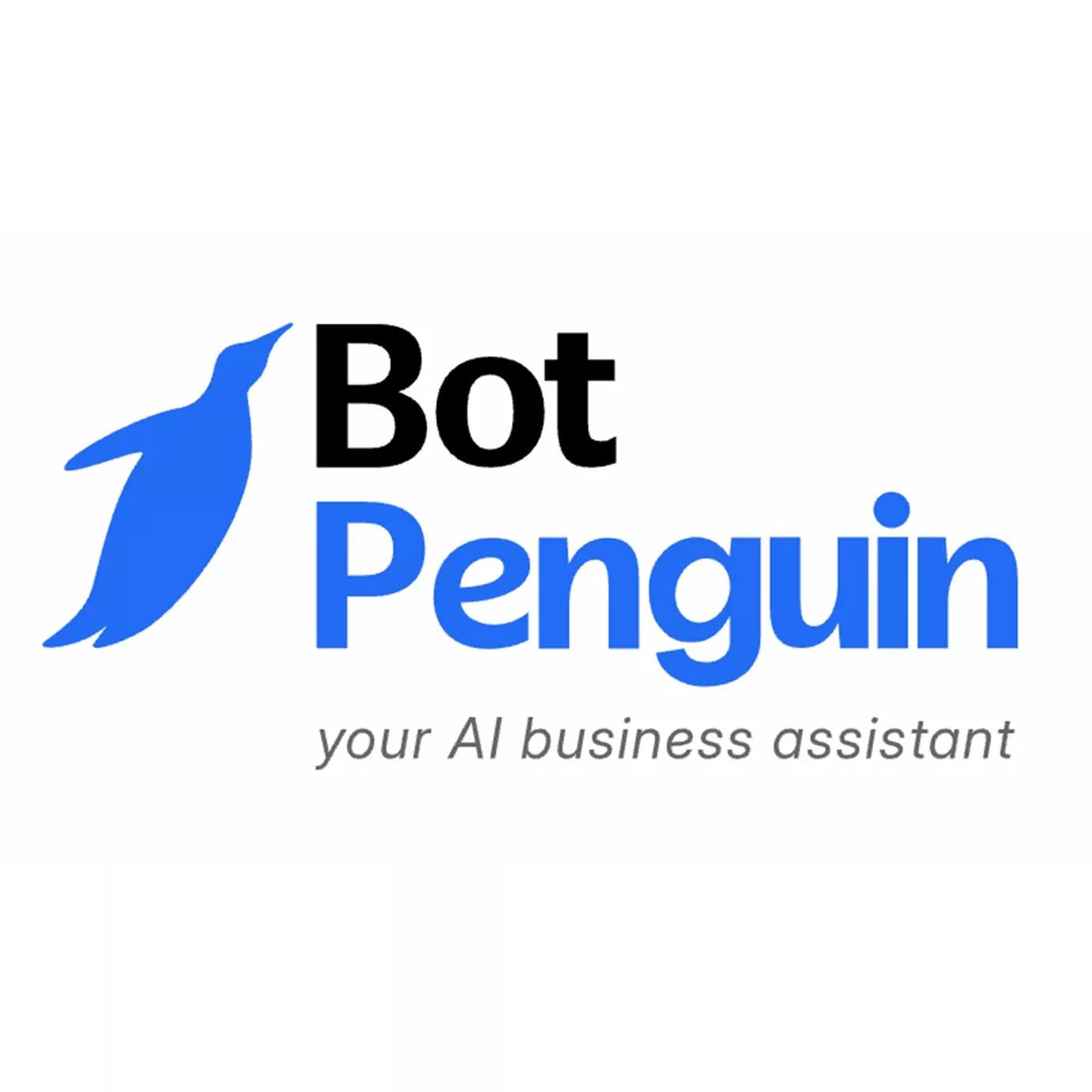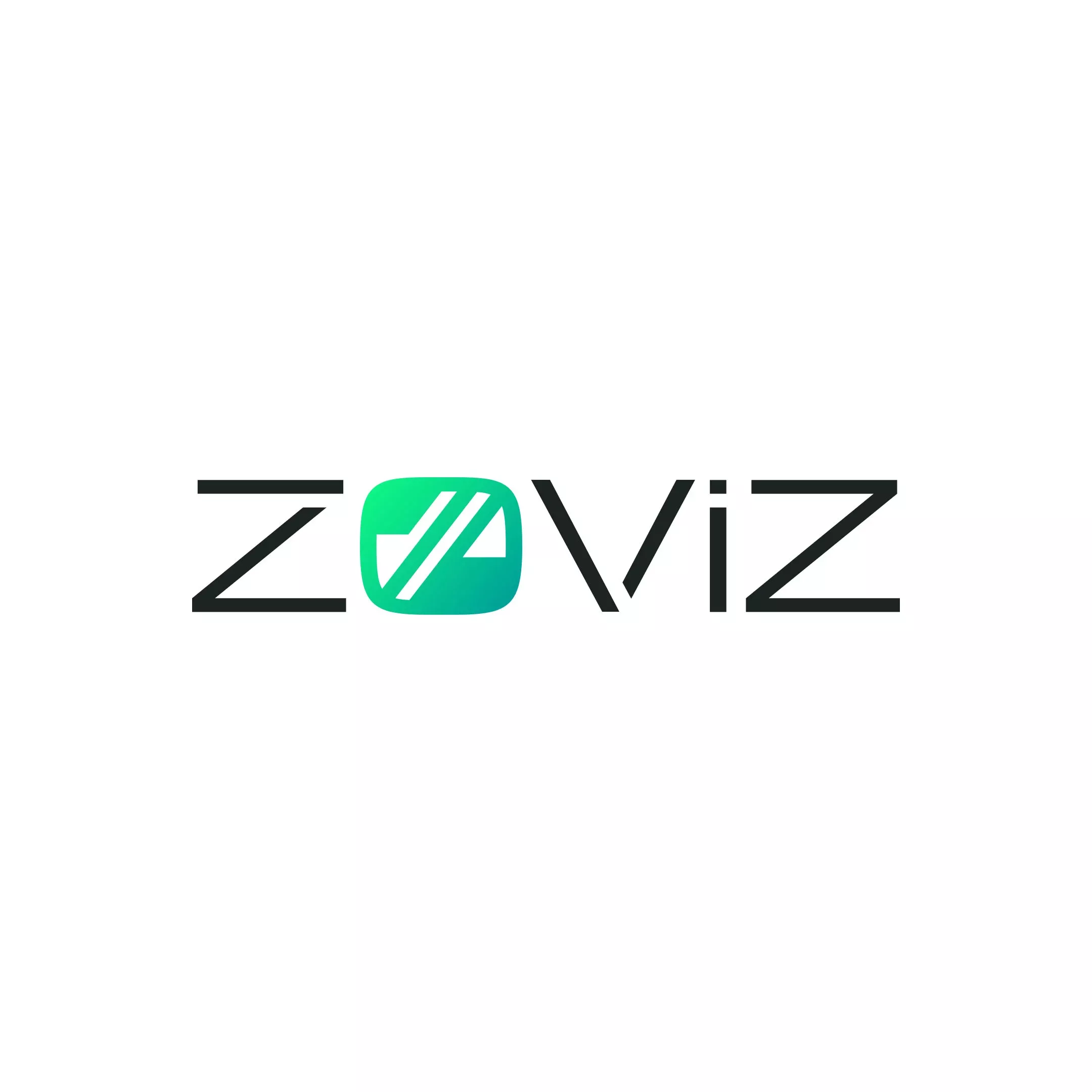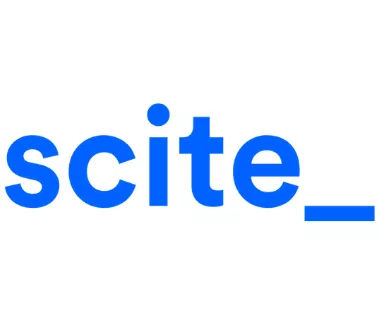Publishing today isn't just about crafting great content—it's about getting the right eyeballs on it, keeping them engaged, and bringing them back for more. But seriously, juggling content production, SEO, audience research, and monetization can be like running a never-ending marathon. That's where AI publisher tools enter the picture.
Consider them a one-stop-solution for everything-- from keyword research to performance monitoring so that you can do what matters most—write and publish fantastic content. Whether you're a solo writer, a media business, or an online news site; AI can enable you to work smarter, better. Let's discuss how!
Benefits of AI Tools for Publishers
So why should publishers embrace AI? Because it does the heavy lifting while you scale up, rank higher, and earn more. Here’s how:
- Smarter Content Creation: Struggling with writer’s block? AI can generate topic ideas, outlines, and even adjust your tone to match your audience’s preferences. No more staring at a blank screen in despair.
- SEO on Autopilot: AI tools analyze search trends, suggest high-ranking keywords, and optimize headlines, so you don’t have to sift through endless data manually.
- Deep Audience Insights: AI studies reader behavior, helping you understand what truly resonates with your audience. No more guessing games.
- Effortless Content Sharing: AI-powered scheduling tools ensure your posts go live at the perfect time across social media, email newsletters, and other platforms.
- Boosted Monetization: AI-driven ad placement and affiliate marketing strategies help maximize revenue without turning your site into an ad-infested nightmare.
AI takes care of the boring stuff, so you can focus on creating content that keeps readers coming back for more.
How to Choose the Best AI Tool for Your Publishing Needs
With a sea of AI tools out there, how do you pick the right one? Ask yourself these four critical questions:
- Does it integrate seamlessly with your platform? – Some AI tools work best with WordPress, Medium, or Shopify. Check compatibility before diving in.
- How deep does the data go? – The best AI tools don’t just throw random keywords at you—they analyze search intent, audience engagement, and content trends.
- Can it scale with your growth? – If your goal is bigger traffic, more content, and higher revenue, choose an AI tool that grows with you.
- Is it actually easy to use? – The whole point of AI is to make your life easier, not give you a migraine. If it’s too complex, move on.
Best Practices for Using AI Tools as a Publisher
- Let AI handle research & ideation: Don’t waste hours brainstorming topics or analyzing search trends. AI can generate SEO-friendly outlines, trending topics, and content gaps in seconds—so you can focus on writing instead of researching.
- Use AI for optimization, not substitution: AI-written content can be useful, but it lacks emotion, personality, and human storytelling. Always inject your voice, expertise, and perspective into the content. AI should assist—not replace—your creativity.
- SEO is still your responsibility: AI tools can suggest keywords, meta descriptions, and internal linking, but don’t assume they’ll do it perfectly. Ensure your content is readable, engaging, and structured for both search engines and real humans.
- Analyze, adapt, and optimize: AI analytics tools can tell you which topics perform well, what content keeps readers engaged, and where you’re losing traffic. Use this data to refine your strategy and improve future content.
- Personalize content for better engagement: AI can segment audiences based on behavior, interests, and engagement. Use this to deliver the right content to the right people—leading to higher retention and stronger relationships with your readers.
Common Mistakes to Avoid with AI Tools
Even the best AI tools can backfire if used carelessly. Here’s how to avoid the biggest pitfalls and make AI work for you, not against you.
- Letting AI do all the work: AI is an incredible assistant, but relying on AI-generated content alone will leave your brand sounding robotic and uninspired.
- Skipping quality checks: AI doesn’t always get facts right. It can misinterpret data, overuse keywords, or generate awkward phrasing. Always proofread, fact-check, and refine AI-assisted content before publishing.
- Over-optimizing for SEO: Stuffing content with AI-suggested keywords may boost rankings temporarily, but if the content lacks value, readers won’t stick around. Prioritize quality over keyword stuffing.
- Ignoring AI insights: AI analytics tools give valuable insights on reader behavior and content performance. But if you’re not analyzing and acting on this data, you’re leaving potential growth on the table.
- Falling behind on AI updates: AI tools are evolving rapidly. If you’re using outdated versions, you could be missing out on new features that improve efficiency, accuracy, and monetization potential. Stay informed and adaptable.
Final Thoughts
AI publisher tools aren't a trend—they're the way things are going. Whether you want to accelerate content production, enhance SEO, or expand your readership, AI can assist you in doing it better. But the secret is leveraging AI as a tool, not a crutch. The best outcomes occur when AI handles the data-driven work and you contribute the creativity and storytelling that make it content truly stand out.
SmythOS is a no-code platform enabling users to design, deploy, and manage AI agents through an intuitive drag-and-drop interface. It integrates AI models, APIs, and workflows to automate processes, streamline operations, and enhance productivity. With infinite scalability and seamless data integration, SmythOS empowers innovation without the need for coding expertise.
LinkStorm is an AI-powered internal linking software that speeds up and improves the internal link architecture of your site. It analyzes your website, understands the contextual and thematic relationships across your content, and recommends relevant internal links for your site within seconds. LinkStorm goes beyond automation and proves it can help link quality, avoid orphan pages, and enhance rankings through enhancing the content's interconnectedness. This article will explain why LinkStorm is one of today's most comprehensive internal linking solutions.
BotPenguin is a powerful generative AI agent builder that helps businesses of all sizes streamline customer interactions across 10+ platforms, including WhatsApp, Instagram, Telegram, Facebook, and websites. With BotPenguin, you can automate conversations, boost engagement, and drive business growth to deliver faster support, improve lead conversion, and enhance overall customer experience.
Riverside.FM is an online recording and editing platform built for podcasters, video creators, and businesses who want high-quality content without the need for a studio setup.
Zoviz is an AI-powered tool for creating logos and brand kits that work in any language. In minutes, you can design a complete, professional identity with unique logos, color palettes, and fonts all ready to use across print and digital platforms. Zoviz is built for one purpose: making brand creation fast, effortless, and global.
Scite is a platform designed to help researchers and academics discover and evaluate scientific articles. It offers features that allow users to see how a scientific paper has been cited by others, providing insights into whether it has been supported or contradicted.
Lokalise combines translation, automation, and collaboration into a clean, user-focused platform. It’s built for creators, product teams, and localization managers who want to roll out multilingual content smoothly
Haptik is a Conversational AI company offering chatbot solutions for publishers. It offers software development kits which can be integrated by any app to enable utility and transactions’ chatbots. Haptik has reached over 100 million devices, processed over 2 Billion conversations.
Yellow.ai is a conversational AI platform designed for enterprises that want to automate and personalize customer experiences. By combining large language models with its proprietary Dynamic AI Agents, Yellow.ai powers natural, human-like conversations across voice, chat, and digital channels.
Ailaysa is an AI-powered platform designed to make content creation, translation, and project management simpler for digital creators. It brings together writing assistance, multilingual support, and structured project tracking in one place.




.webp)





